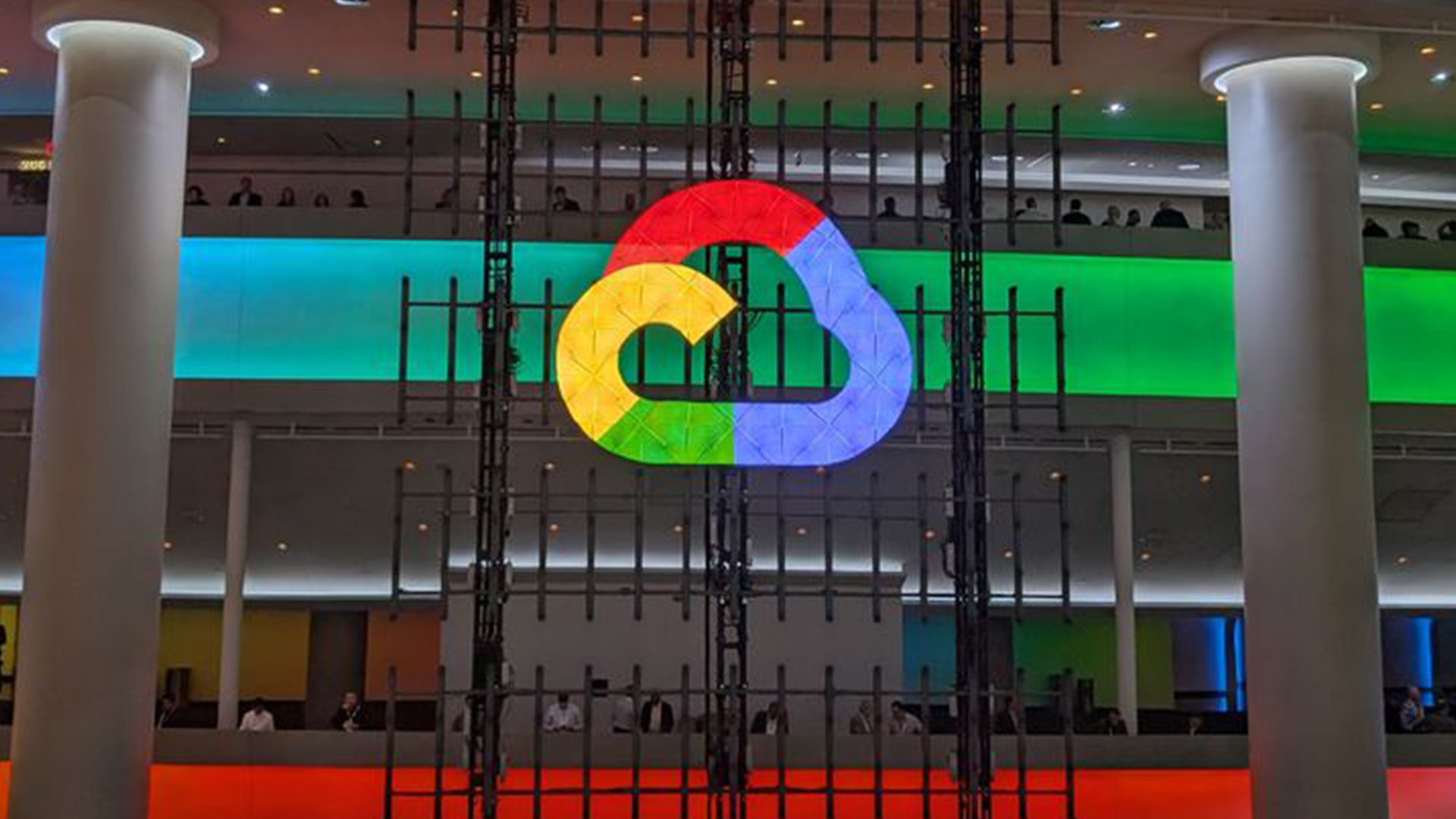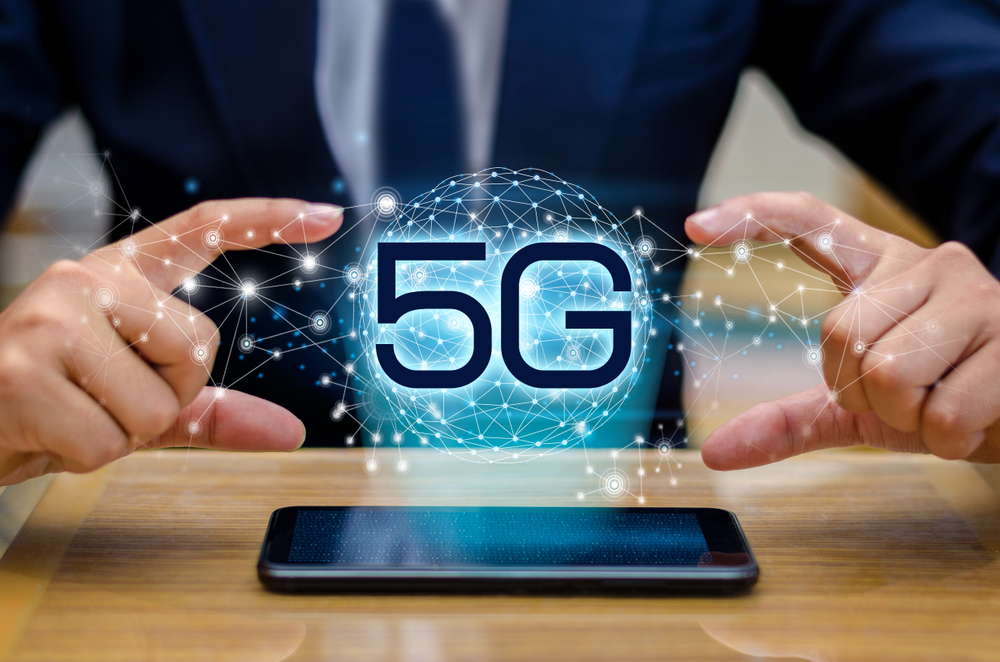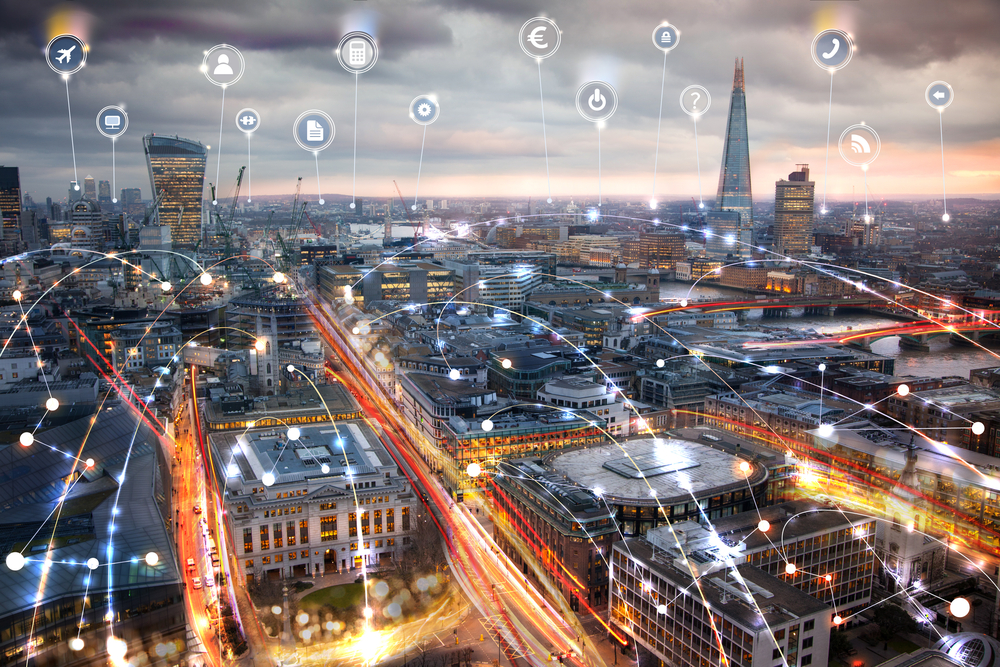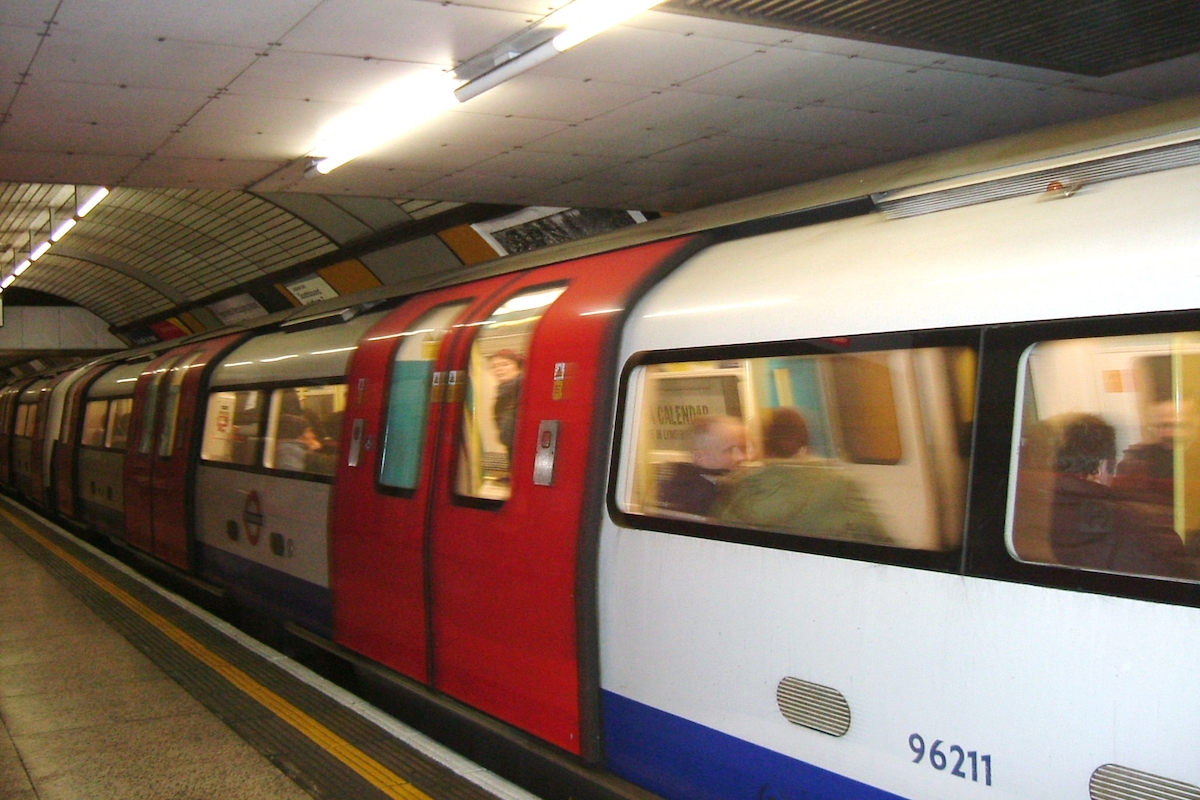Europe set to allow full mobile use on flights
Two decisions by policy makers in Europe to allow mobile use during flights.

European lawmakers have agreed to let people use electronic devices during a flight's take-off and landing, whilst letting airlines permit full use of mobiles, smartphones and tablets for the rest of the journey.
The European Aviation Safety Agency (EASA) said it was to publish guidance this month allowing complete use of mobiles during flights as long as flight mode was switched on. But yesterday, the European Commission said it was to allow users to run their mobile devices, including 3G and 4G usage, throughout a flight, except for take-off and landing.
Airlines were already able to allow 2G use during continental flights, but the European Commission agreed the standard wasn't practical for sending and receiving large amounts of data, as customers now demand. The new rules will only apply once an aircraft is above 3,000 metres, so as to not interfere with ground-based services.
The EU decision does not give passengers a right to use their devices, but instead lets airlines decide whether or not to open up mobile usage.
"This EU decision gives airlines the opportunity to allow their customers to use their smartphones and tablets in-flight. We're saying there is no reason why passengers should be prevented from using their mobiles and their tablets during flights (when the plane is above 3,000m). Airlines remain in charge about whether they allow this during their flights or not," said European Commission spokesperson Ryan Heath.
"It's up to the airlines but I can imagine a number of ways this could work. You could have quiet zones and communications zones, like many trains have today. Or limit the new possibilities to longer flights or to certain periods of the flight for example to avoid sleep disruption."
The US Department of Transportation's Federal Aviation Administration (FAA) recently announced it would allow people to use devices throughout the duration of a flight, but only in safe mode.
Get the ITPro daily newsletter
Sign up today and you will receive a free copy of our Future Focus 2025 report - the leading guidance on AI, cybersecurity and other IT challenges as per 700+ senior executives
-
 Global cybersecurity spending is set to rise 12% in 2025 – here are the industries ramping up investment
Global cybersecurity spending is set to rise 12% in 2025 – here are the industries ramping up investmentNews Global cybersecurity spending is expected to surge this year, fueled by escalating state-sponsored threats and the rise of generative AI, according to new analysis from IDC.
By Ross Kelly Published
-
 Google Cloud is leaning on all its strengths to support enterprise AI
Google Cloud is leaning on all its strengths to support enterprise AIAnalysis Google Cloud made a big statement at its annual conference last week, staking its claim as the go-to provider for enterprise AI adoption.
By Rory Bathgate Published
-
 Nokia and NASA join forces to bring 4G to the moon
Nokia and NASA join forces to bring 4G to the moonNews Cellular service will provide the communications needed for meaningful moon exploration
By Tyler Omoth Published
-
 Birmingham crowned the fastest UK city for 4G download speeds
Birmingham crowned the fastest UK city for 4G download speedsNews While Birmingham also recorded the highest speed hike over 2019, London came in at a middling 9th place
By Keumars Afifi-Sabet Published
-
 LTE vs 4G: Which is better?
LTE vs 4G: Which is better?In-depth Comparing LTE vs 4G has become common in recent years, but how exactly do they differ, and is 4G faster?
By Jane McCallion Last updated
-
 What is 4G?
What is 4G?In-depth A look at the fourth generation of mobile networking technology and its availability in the UK
By Rene Millman Last updated
-
 4G vs 5G - what's the difference?
4G vs 5G - what's the difference?Vs From 3G to 4G, mobile connectivity has revolutionised our lives. Now 5G is set to do it again
By Bobby Hellard Published
-
 The best 4G network
The best 4G networkIn-depth Every mobile provider offers 4G contracts, but which one is the best for you?
By Carly Page Last updated
-
 More than a million UK properties don't have access to 'decent' broadband speeds
More than a million UK properties don't have access to 'decent' broadband speedsNews Ofcom's Connected Nations report finds broadband is still lacking across 4% of the UK
By Roland Moore-Colyer Published
-
 4G London Underground coming in 2019, following successful tests
4G London Underground coming in 2019, following successful testsNews No more internet blackspots, even under ground
By Alan Martin Published